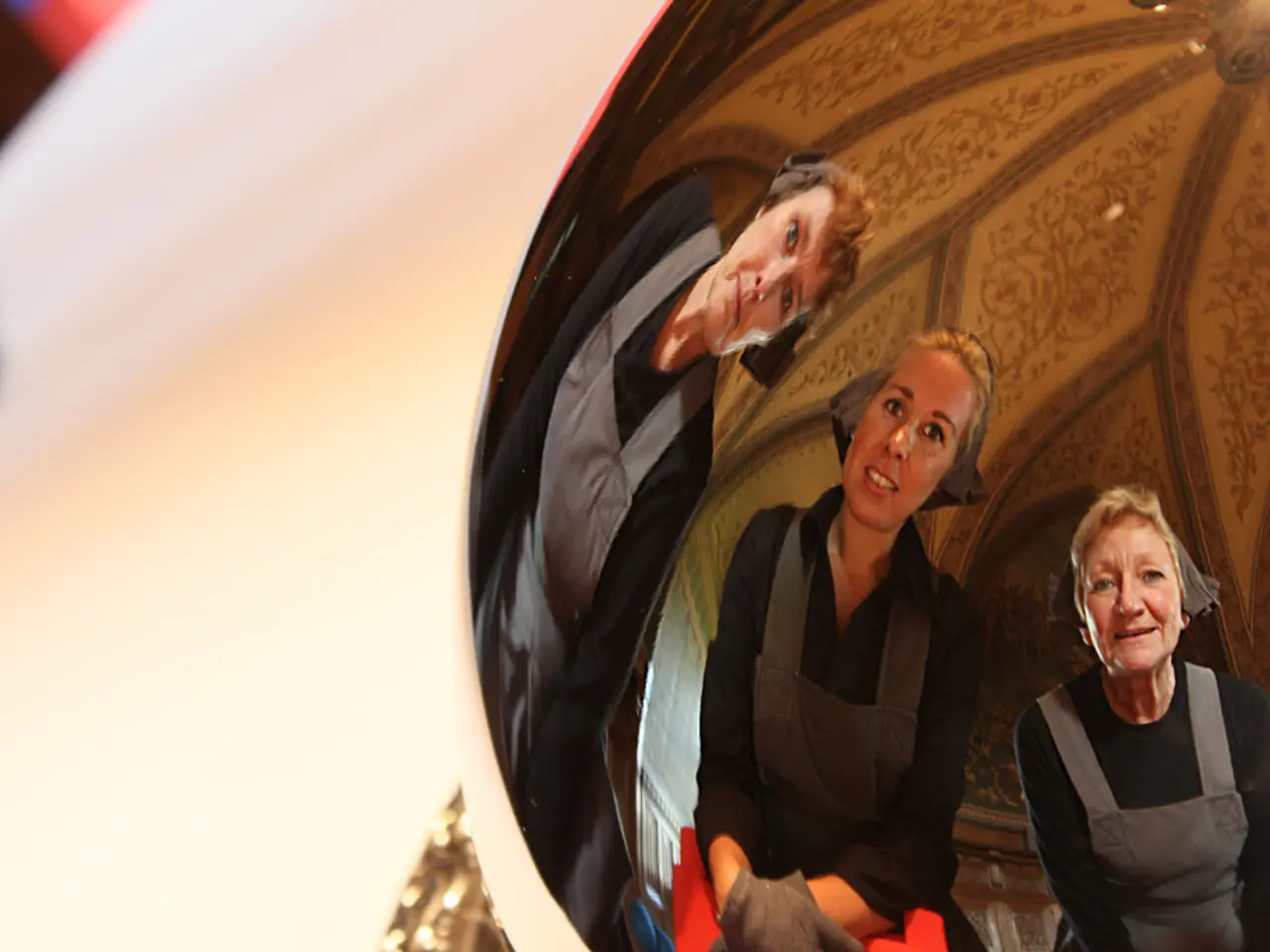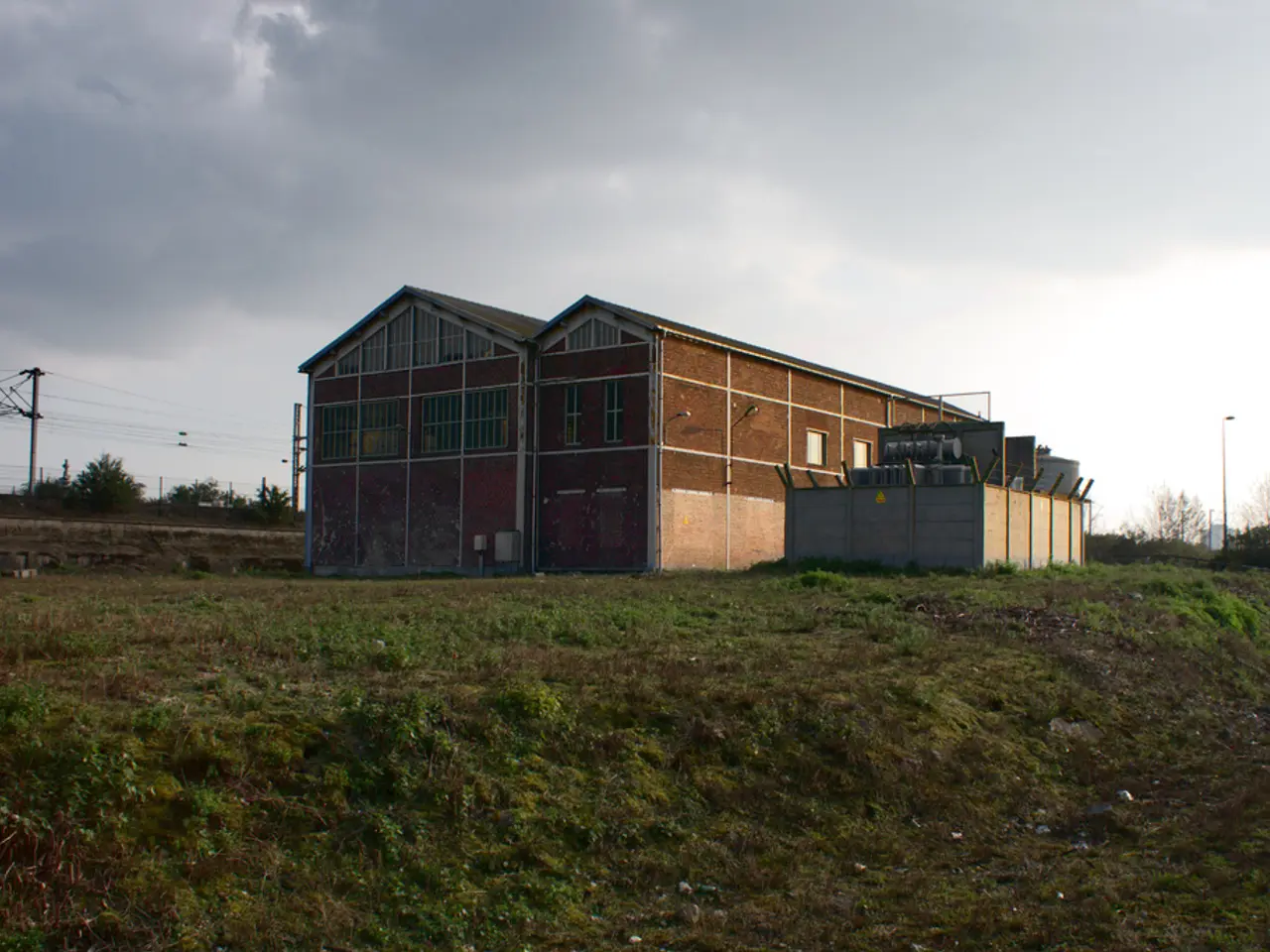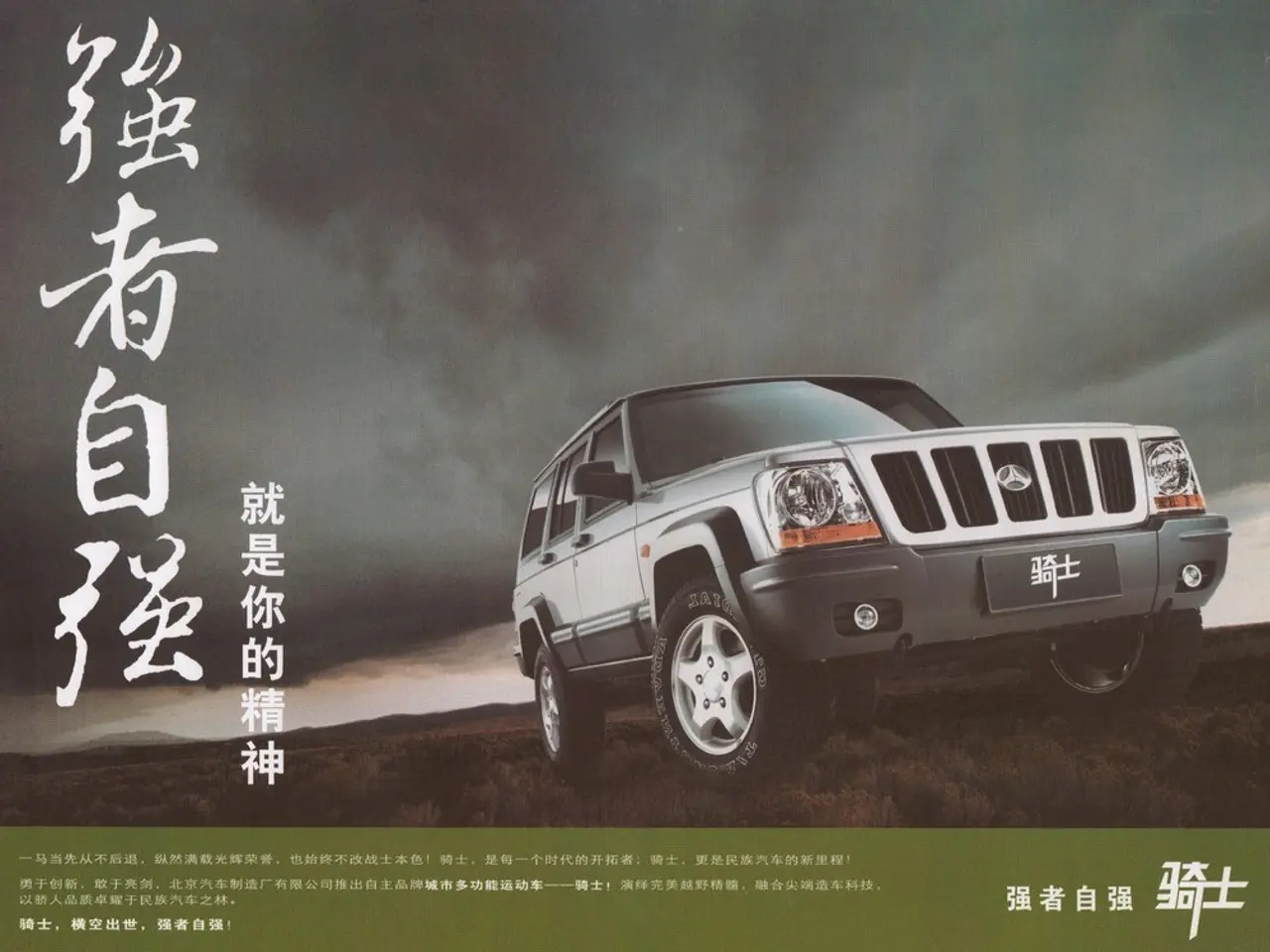Thirty Years of Renault's Outlaw: The Spider - Unleashing Rebellion on Wheels
Compact Roadster: Designed for Thrilling Drives, Renault Spider
Loveable compact family cars and functional autos aren't all that Renault has to offer. They've got a wicked side too - and the Spider brought that out in 1995. Originally designed as a competition vehicle, its irresistible appeal turned Renault onto offering a road-legal version.
If you're an automotive enthusiast named Jens Schäfer from Nohn, Eifel, you'd say building a car like the Spider requires a touch of madness. But he means it with all the respect in the world, admiration shining through like a sunbeam.
"It takes a crazy person to design a car like this," Schäfer says, eyeing the petite, two-seater that only stands as tall as an average person’s knee. Windows, roof, or any form of protection against the rain while stationary? Forget about it. All a driver could rely on was a so-called tarpaulin. It wasn't the sleekest, most sophisticated car out there - but it captured the hearts of many.
The Car Crafted for Thrills
According to Renault Archives, the Spider was initially intended for competition use only. Renault had a habit of dominating the Formula 1 world championships as an engine supplier. This radical two-seater served as their wildcard to increase their triumph, aiming to create their own Trophy alongside F1 races.
The Spider's grand unveiling at the Geneva Motor Show in 1995 kicked off a frenzy. The demand was so immense that Renault gave in, offering a road-legal version. For those who appreciated luxury, there was even one that featured a windshield.
Classic car expert Frank Wilke, CEO of Classic Analytics, draws a line from the McLaren SLR 722 Stirling Moss to the Ferrari Monza. Yet, a mass-market manufacturer like Renault testing their hand at a small series like the Spider, offering it for purchase at a relatively affordable price of 55,400 DM, was something extraordinary.
"The Spider marked the last time a manufacturer dabbled in craziness like this without focusing too heavily on the numbers," Wilke says.
French Flounder Celebrating Minimalism
The Spider distinguishes itself not just with its origins, but also the experience it provides to its driver. Once a driver takes the wheel of this Renault via the Lamborghini-inspired scissor doors, they won't yearn for any McLarens or Ferraris. The French flounder bravely shows that passion doesn't always equate to power and performance doesn't always demand a hefty price tag. At times, all you need is a smart concept.
So, the Spider essentially boils down to a chassis, engine, and a minimalist body constructed on a tubular frame. Inside, there's barely enough room for two seat shells that might as well be a pair of vices. Heat and audio are produced by the engine itself, and it's mounted transversely behind the seats.
Taking it out of the garage and onto the open road might leave your ears ringing and your back drenched in sweat. But such discomforts pale in comparison to the sheer, unparalleled bliss the Spider delivers. It has an uncanny ability to make every trip feel like navigating the Nordschleife, transforming an average drive into a thrilling lap.
Small Numbers until the End of the Millennium
While the Spider leaves a big impression, it rightfully belongs to the world of niche vehicles. Mainstream competitors such as the Mercedes SLK, BMW Z3, or Audi TT had five-figure production numbers, while the Spider produced a mere 1,600 units during its tenure from 1996 to 1999.
"This model is truly a rare collectible car," Wilke says, with the market price for one in good condition shooting up to 40,000 euros.
Beyond the bragging rights of driving what might be the craziest French machine ever built, the Spider also possesses a more practical perk for Wilke: rust is not an issue since the exterior body is made of plastic.
Sources
Renault Models
- Renault Spider
- Classic Cars
- French Automakers
- Formula 1
- Formula One Racing
- Sports Cars
- Lightweight Sports Cars
- Road Legal Competition Cars
- High Performance Cars
- Performance Cars
- The Renault Spider, a radical two-seater designed by a French car manufacturer, was initially intended for Formula 1 racing and other competition uses, but its irresistible allure led to a road-legal version being offered.
- This small series car, which captured the hearts of many due to its thrilling driving experience, is a testament to the fact that passion for racing doesn't always equate to high prices, as evident in the relatively affordable purchase price of the Spider compared to other high-performance cars.








